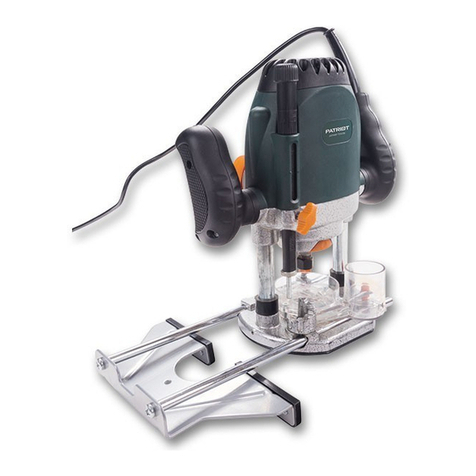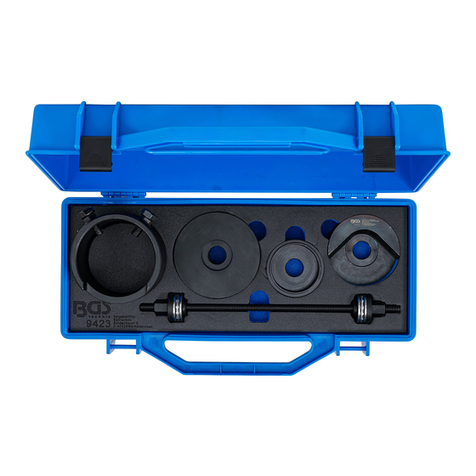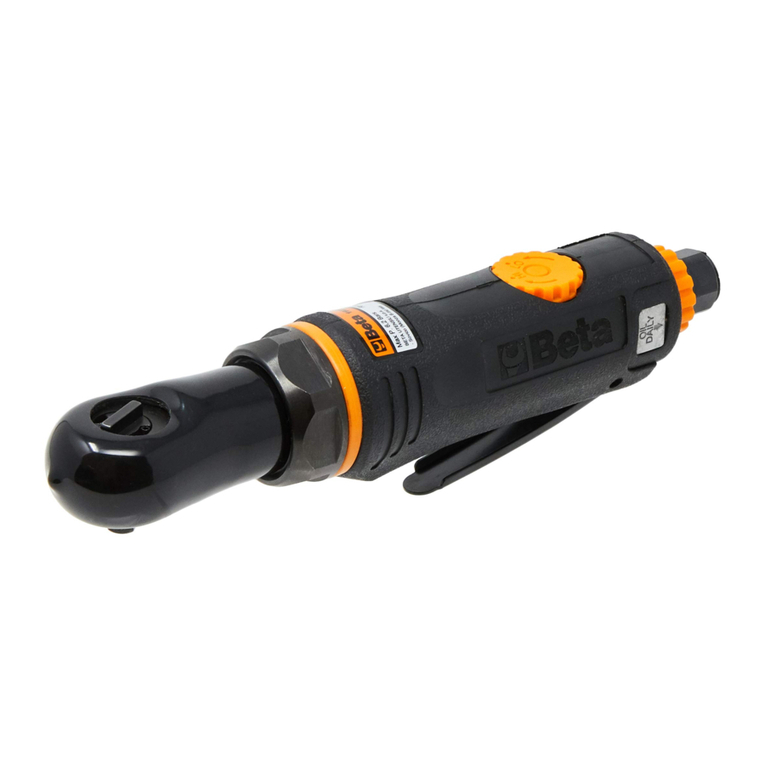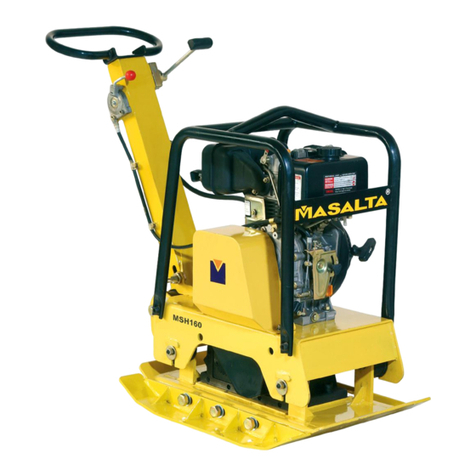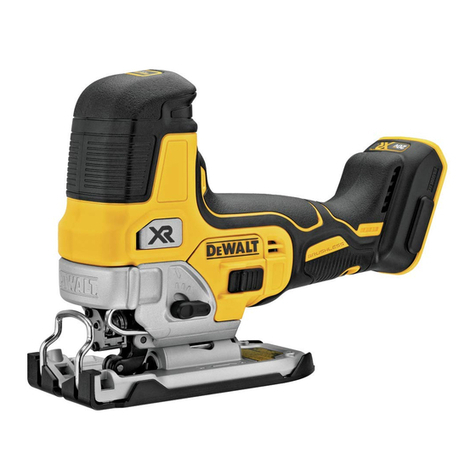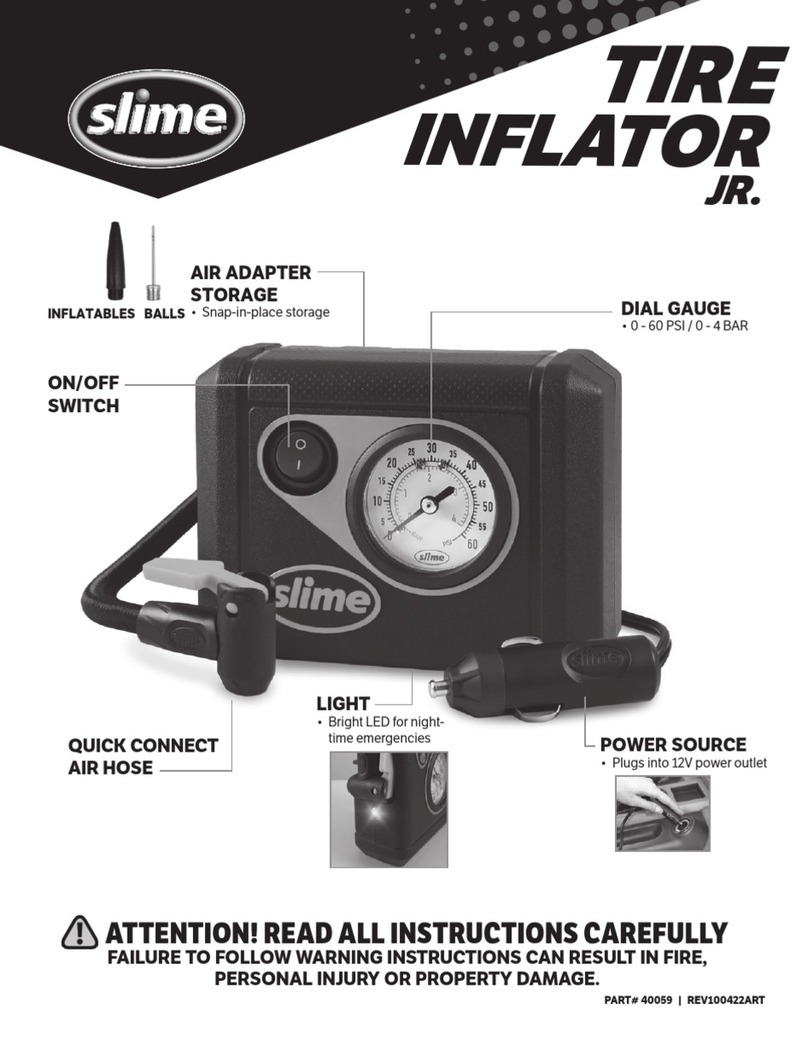CO/Tech TD9511-3-UK User manual




















This manual suits for next models
1
Table of contents
Languages:
Other CO/Tech Power Tools manuals
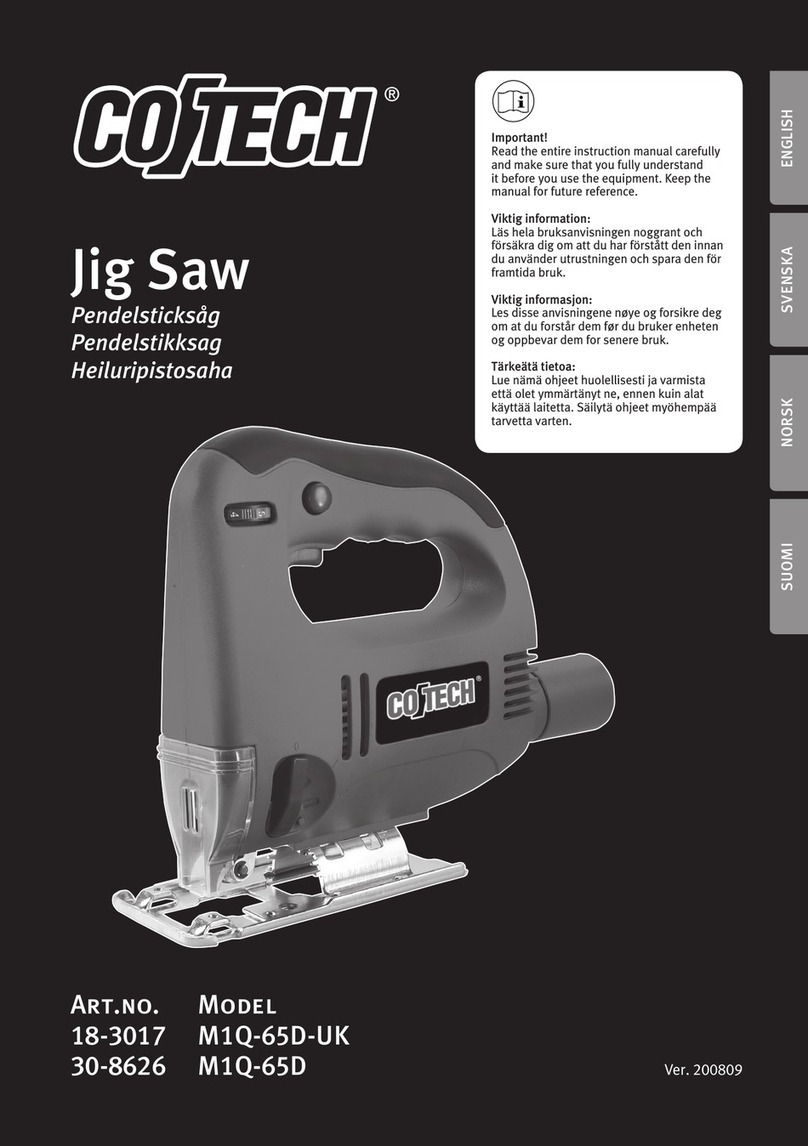
CO/Tech
CO/Tech M1Q-65D-UK User manual

CO/Tech
CO/Tech Q1D-TD-3.2-UK User manual

CO/Tech
CO/Tech S1J-XT8-UK User manual
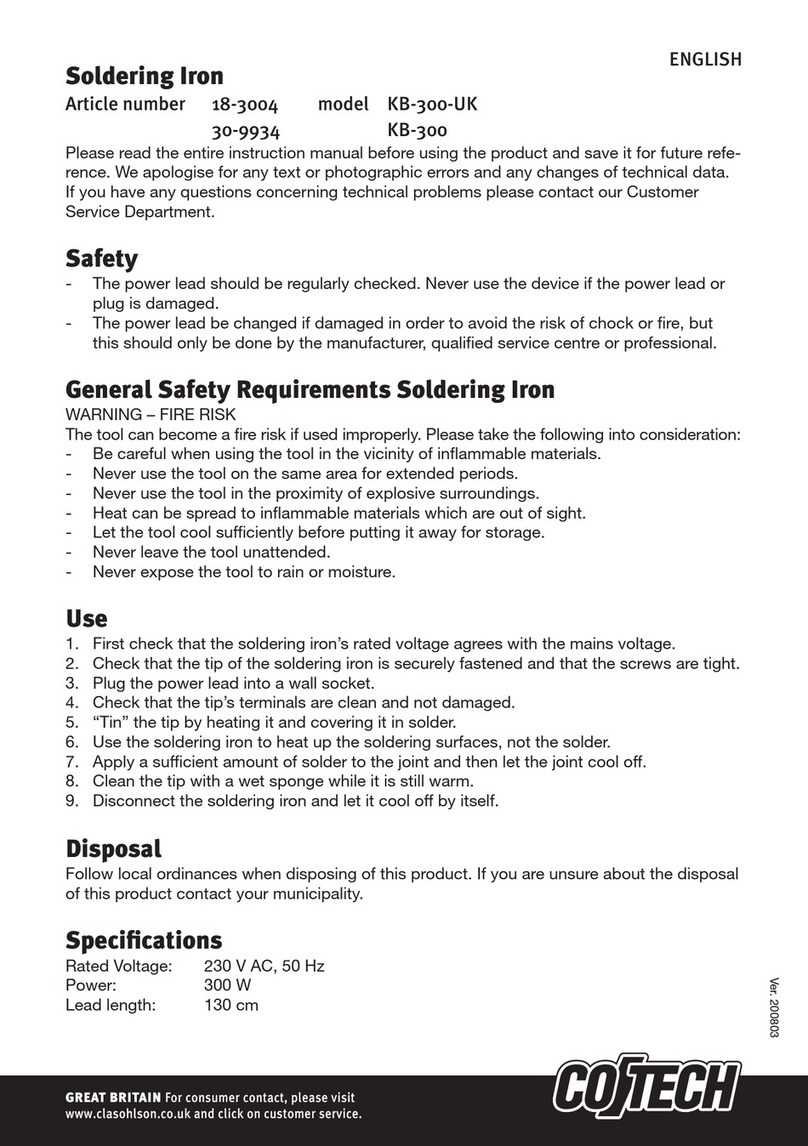
CO/Tech
CO/Tech KB-300-UK User manual

CO/Tech
CO/Tech M1R-KZ3-8-UK User manual
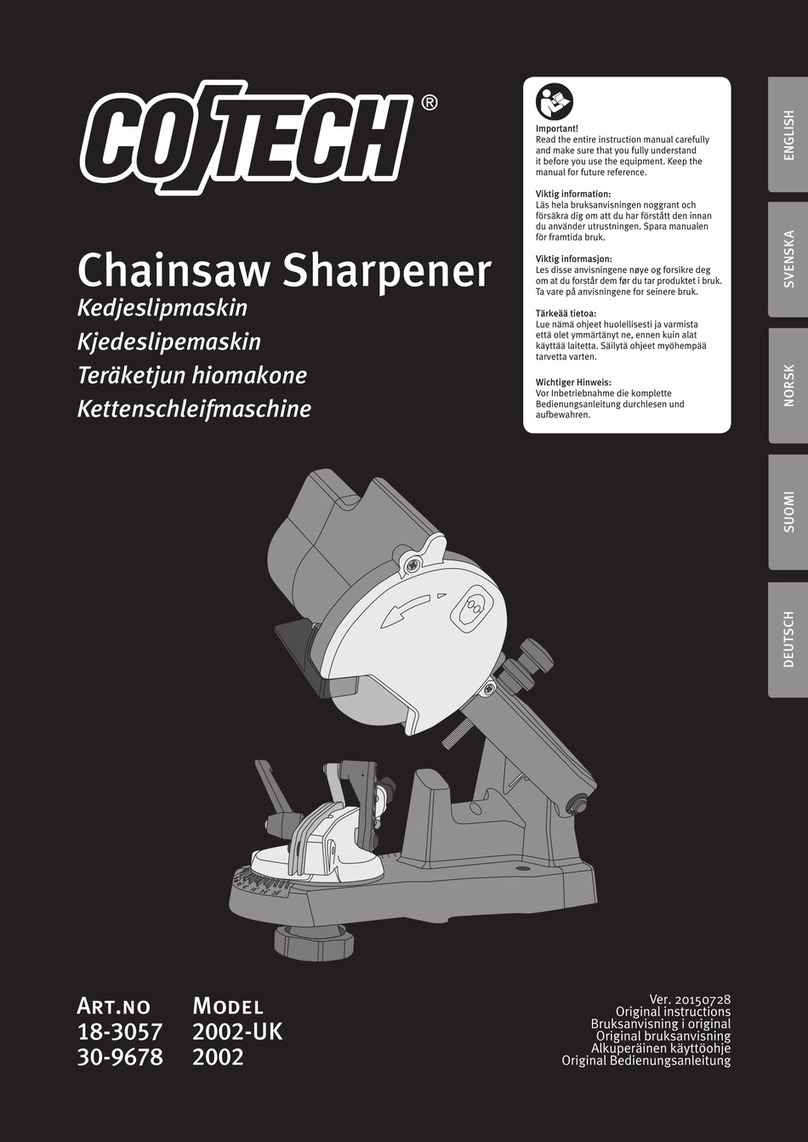
CO/Tech
CO/Tech 2002-UK User manual
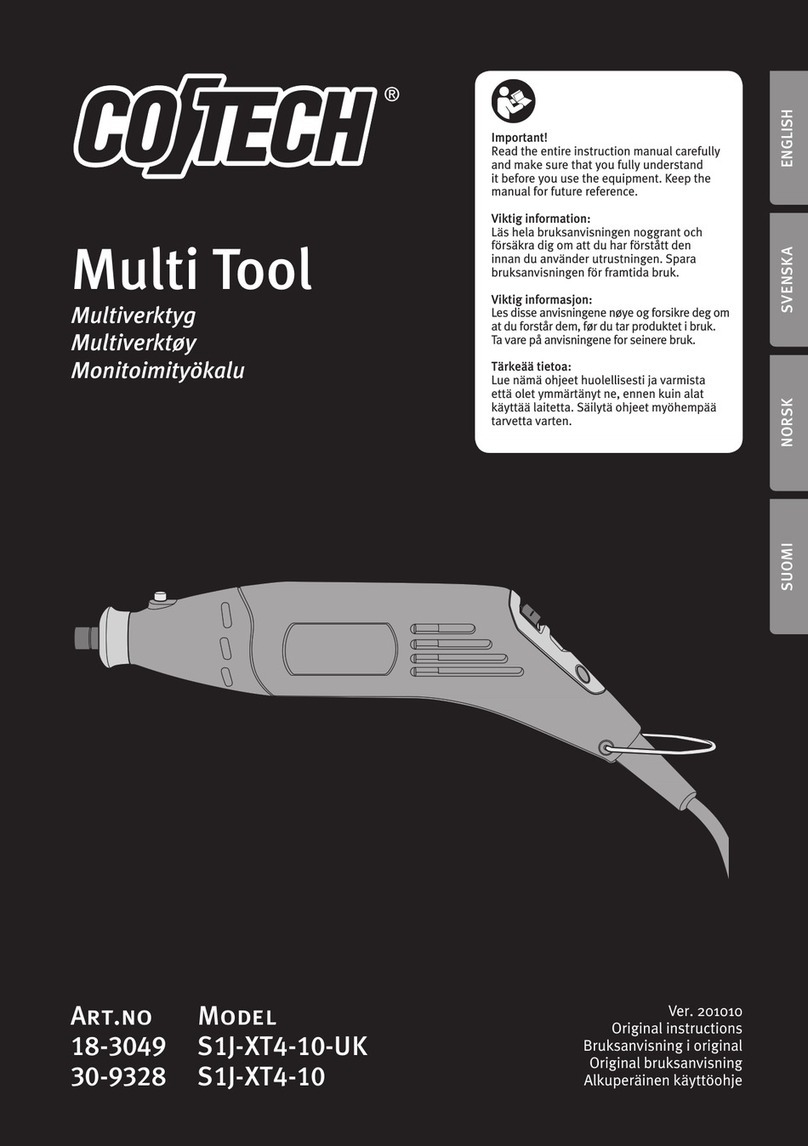
CO/Tech
CO/Tech S1J-XT4-10-UK User manual

CO/Tech
CO/Tech DC-SD-200B-UK User manual
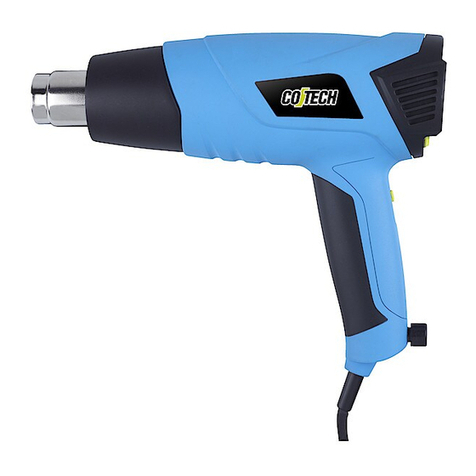
CO/Tech
CO/Tech JSRF-601F-UK User manual
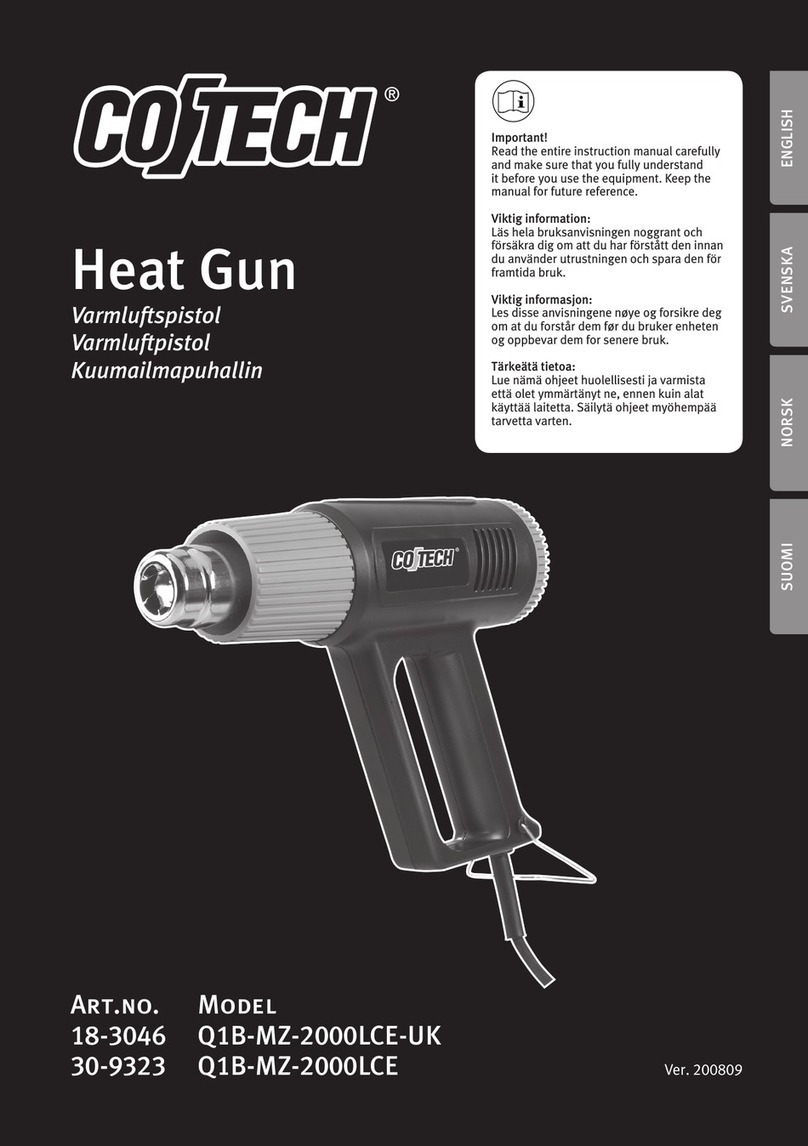
CO/Tech
CO/Tech Q1B-MZ-2000LCE-UK User manual

CO/Tech
CO/Tech JD2837-UK User manual

CO/Tech
CO/Tech SK-3000-UK User manual
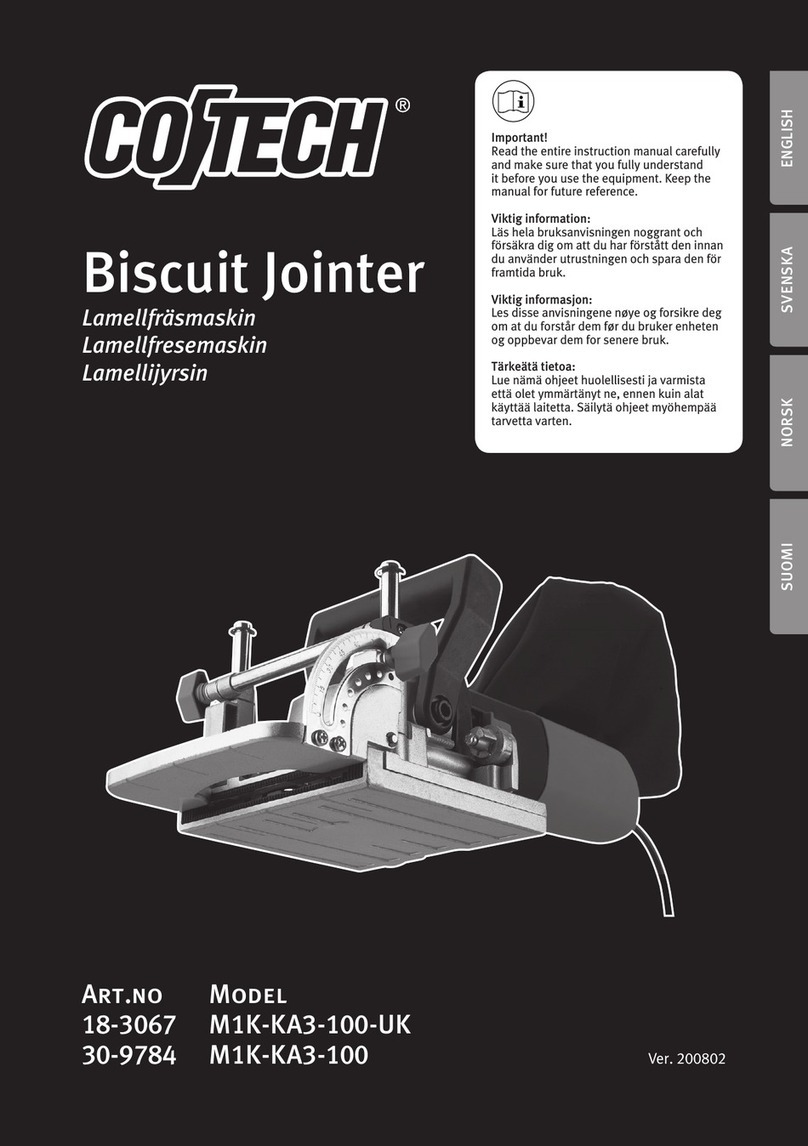
CO/Tech
CO/Tech M1K-KA3-100-UK User manual
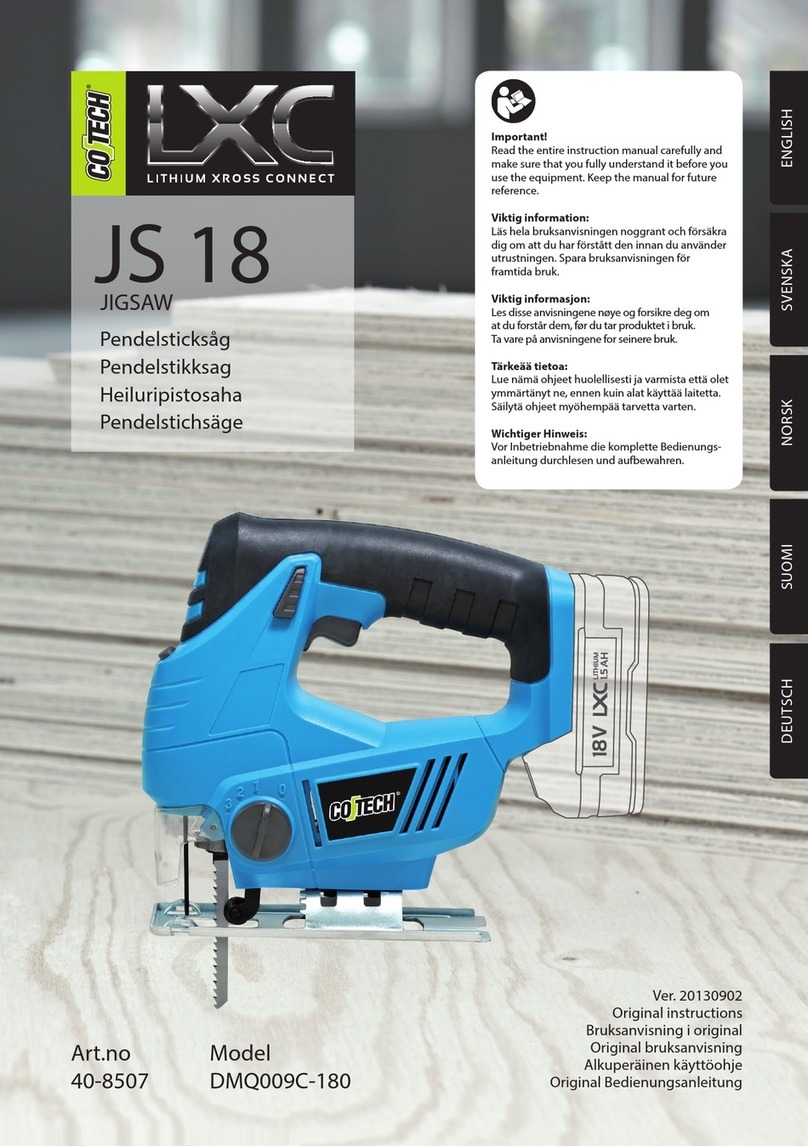
CO/Tech
CO/Tech JS 18 DMQ009C-180 User manual
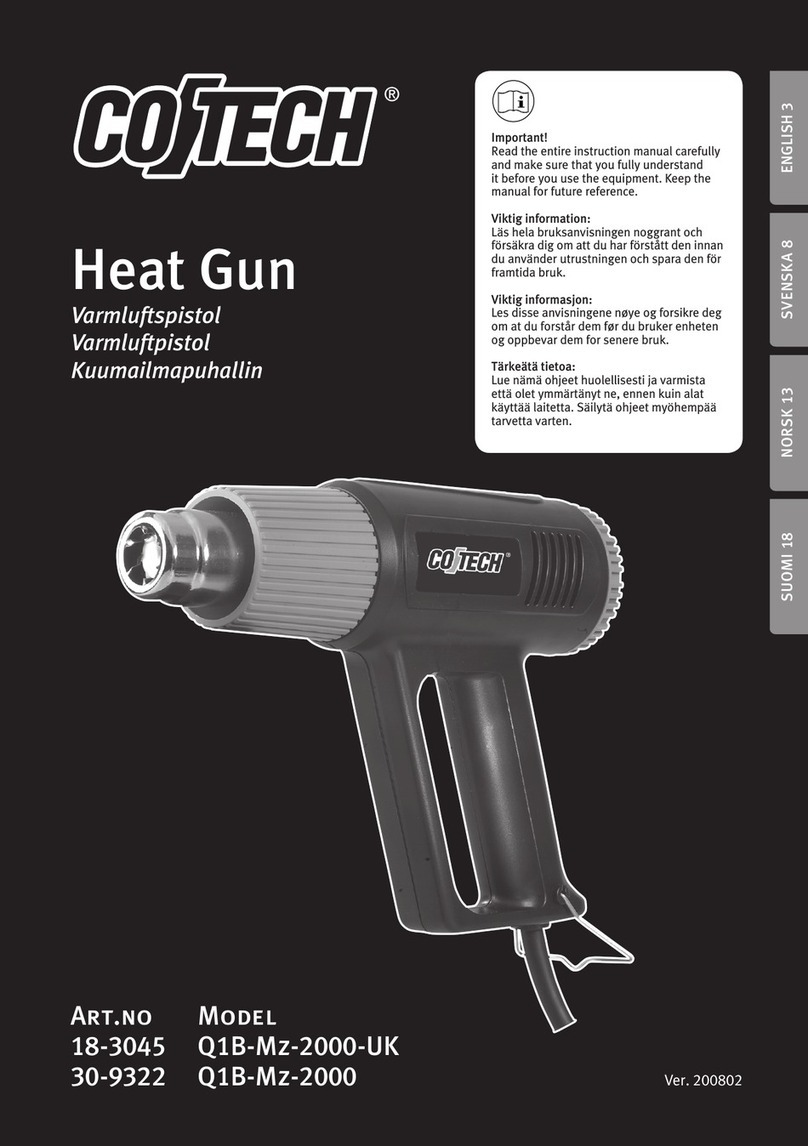
CO/Tech
CO/Tech Q1B-Mz-2000-UK User manual
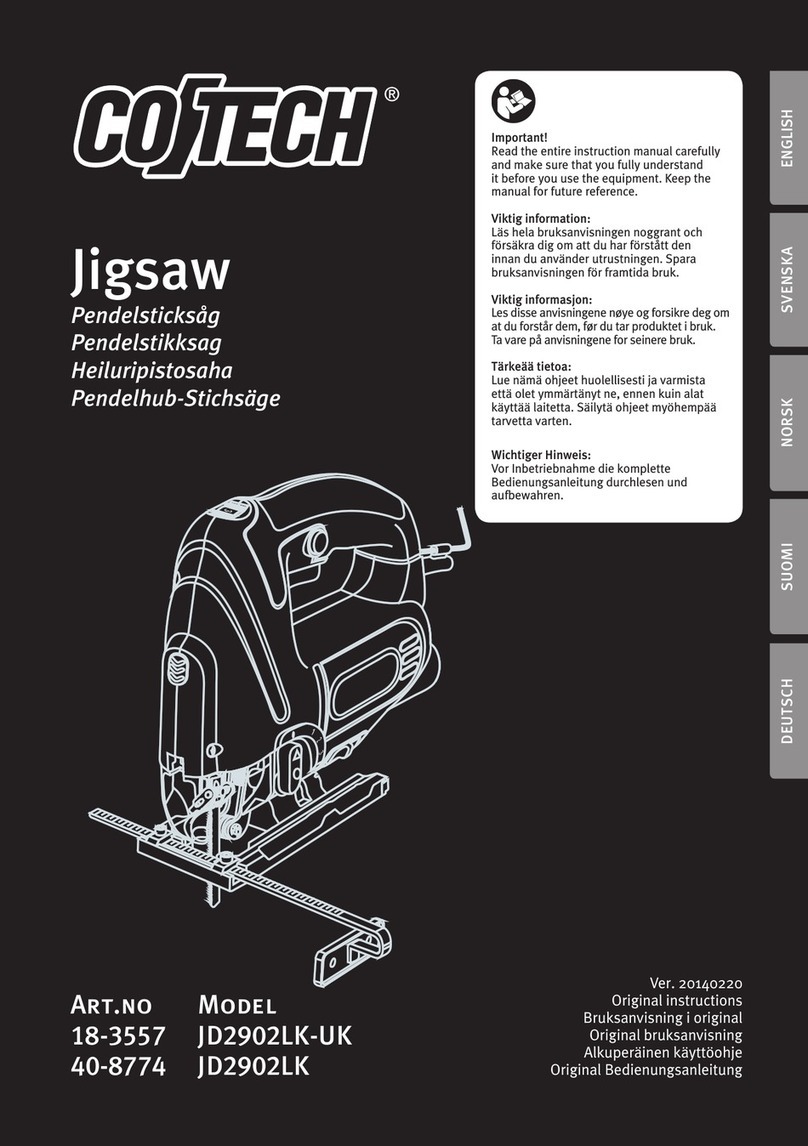
CO/Tech
CO/Tech JD2902LK-UK User manual
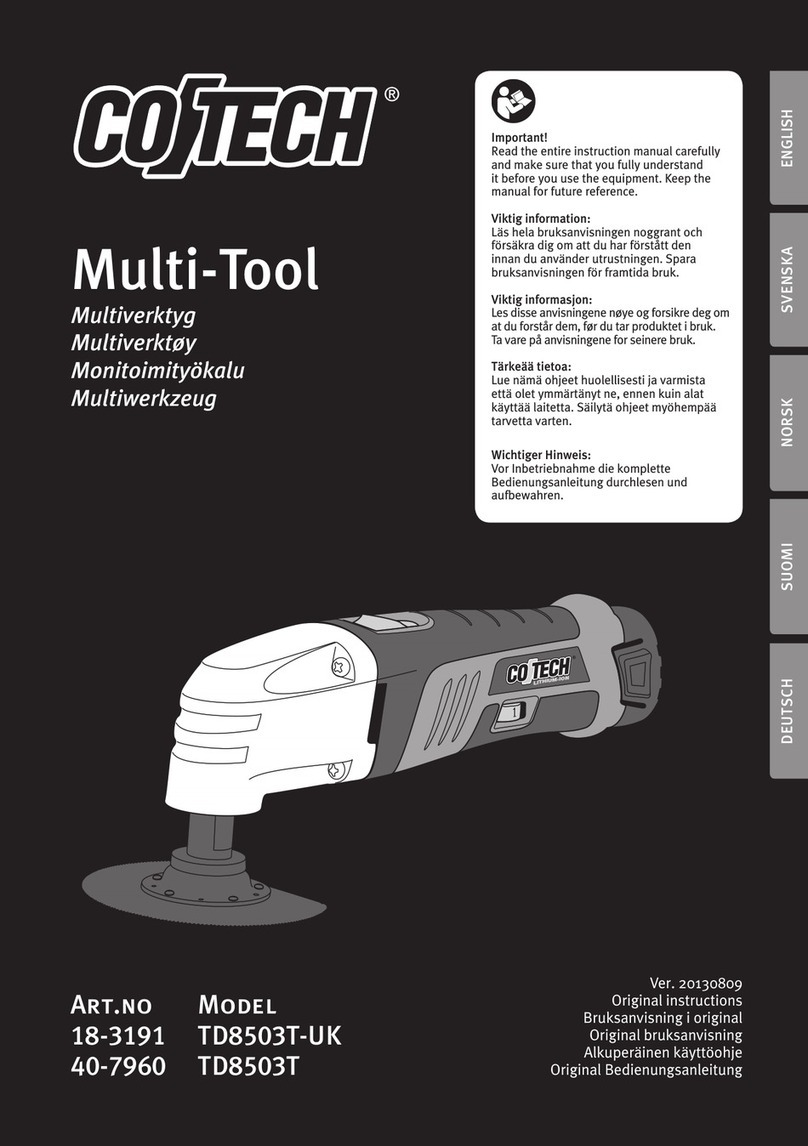
CO/Tech
CO/Tech TD8503T-UK User manual

CO/Tech
CO/Tech Q1B-CH-2000-UK User manual
Popular Power Tools manuals by other brands
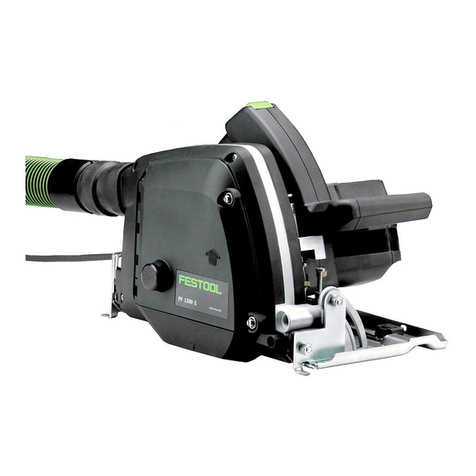
Festool
Festool PF 1200 E Original instructions

EINHELL
EINHELL GE-CG 18/1 L Original operating instructions

Heidolph
Heidolph RZR 2052 control instruction manual

SIXTOL
SIXTOL SX3042 Instructions for use
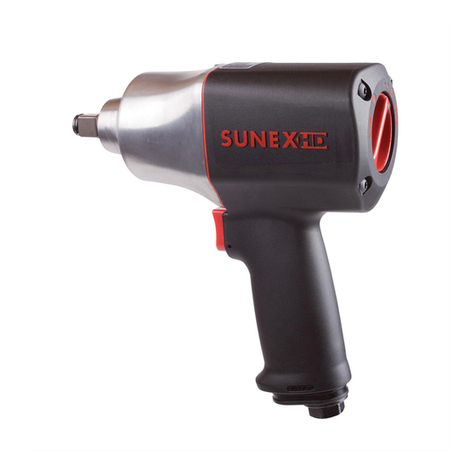
Sunex HD
Sunex HD SX4348 instruction manual
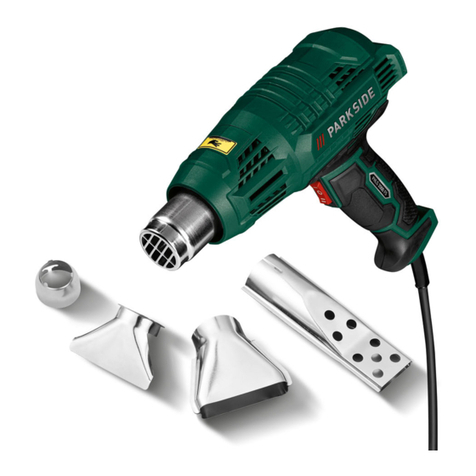
Parkside
Parkside PHLG 2000 F5 Translation of the original instructions

Bosch
Bosch GSH Professional 388 Original instructions
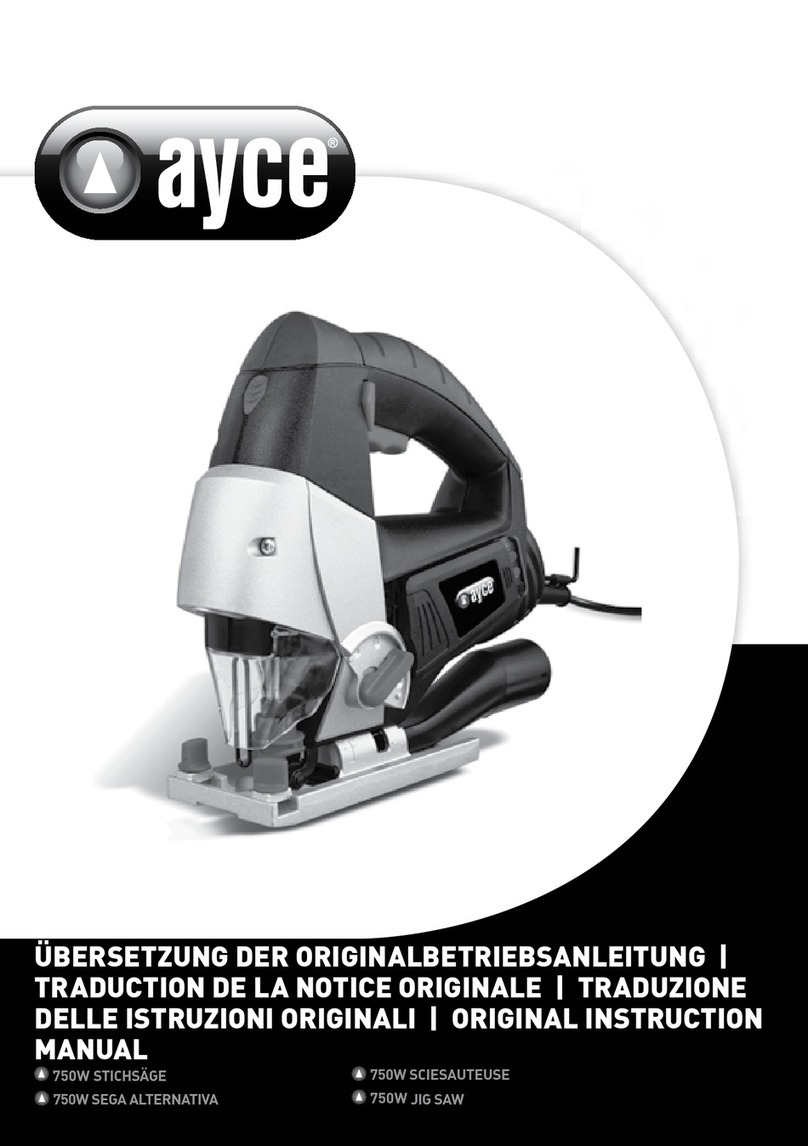
Ayce
Ayce 3124.1 Original instruction manual

Yokota
Yokota YETC-330ER2-L manual
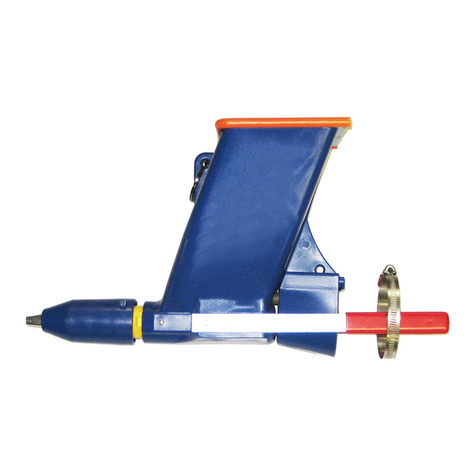
bon
bon 14-188 Quickpoint instructions
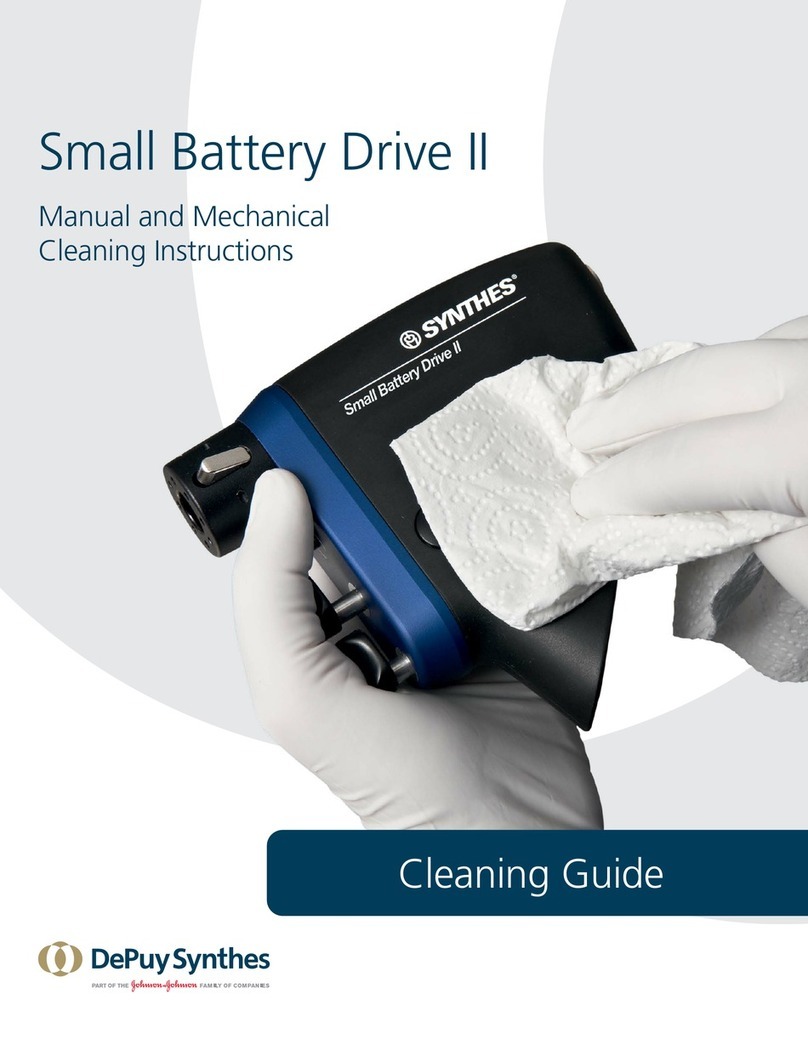
Johnson & Johnson
Johnson & Johnson DePuy Synthes Small Battery Drive II Manual and Mechanical Cleaning Instructions
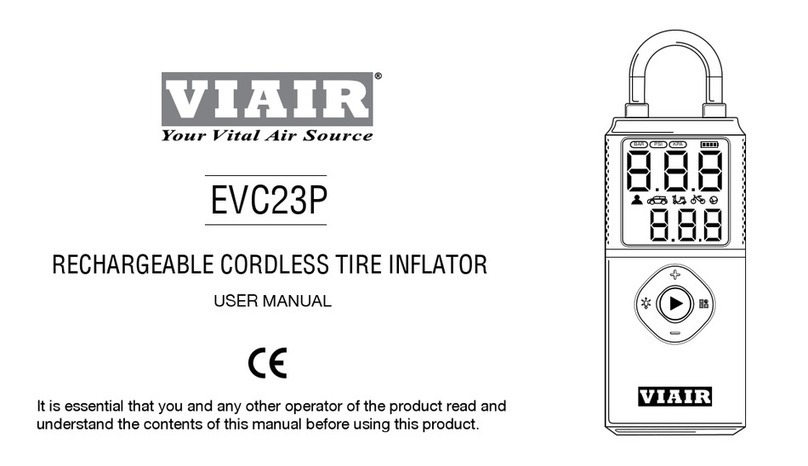
VIAIR
VIAIR EVC23P user manual
